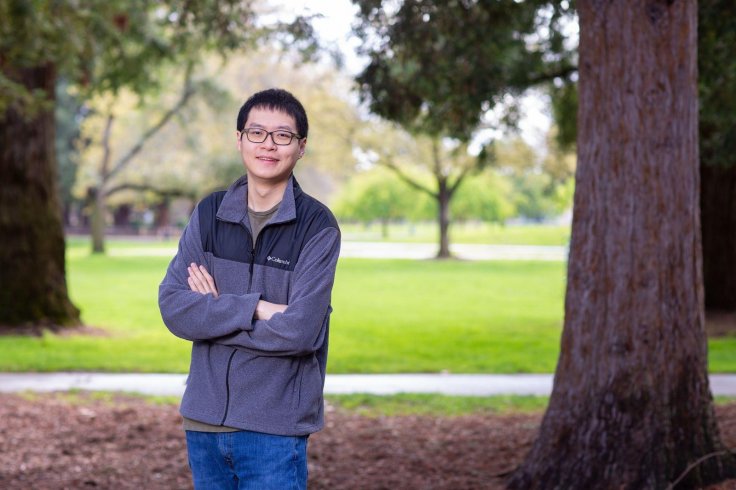
Commuting is a struggle, and every working person knows that. Currently, many commuters spend long hours on the road with the risk of getting into an accident. Recent statistics show that commuters spend much more time on the road and that there were more than 40,000 fatal vehicular accidents in 2023. Although fatal accidents have decreased since the second quarter of 2022, the number of fatalities is still problematic. Getting into an accident is still a concern on the back of the mind of every commuter in the U.S., and the problem has seemingly no end in sight.
Enter Shining Yu, whose expertise in AI and computer vision has given way to various studies that can change the world of commuting forever. From video surveillance that identifies road anomalies to perception models to help autonomous vehicles (AVs) drive more accurately, Shining Yu's research makes commuting more efficient and safer. This article looks into how Shining's innovations can transform the way people commute and what people can expect in the future of commuting.
The State of Commuting Today
Commuting is becoming a far more challenging endeavor than before. As more and more people purchase cars for their commute, more roads become clogged with traffic. The traffic caused by these personal vehicles also affects the state of public transportation today, making it harder for buses and other public utility vehicles to get back and forth from their intended destinations. In addition to these problems, vehicular collisions have reached an average of six million annually, further exacerbating existing commuting problems. The culmination of these problems has led to frustrations among commuters, but with recent advancements made by Shining Yu in video surveillance and autonomous driving, these frustrations have an end in sight.
Innovator Spotlight: Shining Yu
Shining Yu is an expert in deep AI learning and computer vision with years of experience as a software engineer in companies like Waymo and Google. Based on his expertise in AI learning, he conducted research that has improved traffic flow. One of his research studies looked into how computer vision can help surveillance traffic cameras identify anomalies on the road, such as accidents and vehicle stalling. The system can then help flag these anomalies and report them to authorities for quicker response.
His other research studies helped improve the state of AVs today. Autonomous vehicles are becoming a significant part of society, but they are still quite unreliable, especially on roads where humans drive. Shining's studies help improve AVs' ability to identify and understand traffic signs and lights. This ability enables them to change their driving behaviors to fit dynamic traffic rules, allowing them to drive more accurately and increasing their trustworthiness on the road.
Shining's AI and software engineering proficiency has given him the knowledge to conduct compelling research studies that can improve traffic today. His research on traffic surveillance footage and the perception of autonomous vehicles hold promise for improving road safety and decreasing traffic jams. But what does this mean for the future of commuting?
The Future of Commuting
The frustrations people have with commuting are rooted deeply in two main problems: inefficiency and safety. Due to inefficient reporting, traffic authorities and emergency services often cannot respond quickly to road incidents. The delay in response then causes commuters to spend many hours on the road. On the other hand, commuters feel frustrated regarding safety issues due to more cars on the road and the increased risk of human error. Furthermore, accidents can block roads, cause traffic, and clog up limited emergency services.
Shining's research has the potential to address the problems of inefficiency and lack of safety in commuting. Integrating computer systems to analyze and flag anomalies on the road can improve commuting efficiency because emergency services can be routed immediately to deal with vehicle incidents, reducing overall traffic congestion. Additionally, Shining's improvements in the functionality and accuracy of self-driving vehicles can help countries transition to autonomous public transit. These public AVs can be far safer on the road, and when combined with AI platforms that manage the route of these vehicles, public AVs can also be more efficient than traditional public transit. Notably, these vehicles still require more upgrades before they are considered ready for use by the public. As more researchers like Shining pour their efforts into improving AVs, the faster commuters can access AVs for public transit.
Shining Yu is at the forefront of improving traffic and commuting conditions worldwide. His expertise in deep learning AI and computer vision has given him an understanding of how computer systems can improve traffic conditions and the safety of autonomous vehicles. Shining Yu's innovations have given commuters hope for a better commute experience in the future, one that is efficient and safe from accidents caused by human error.









